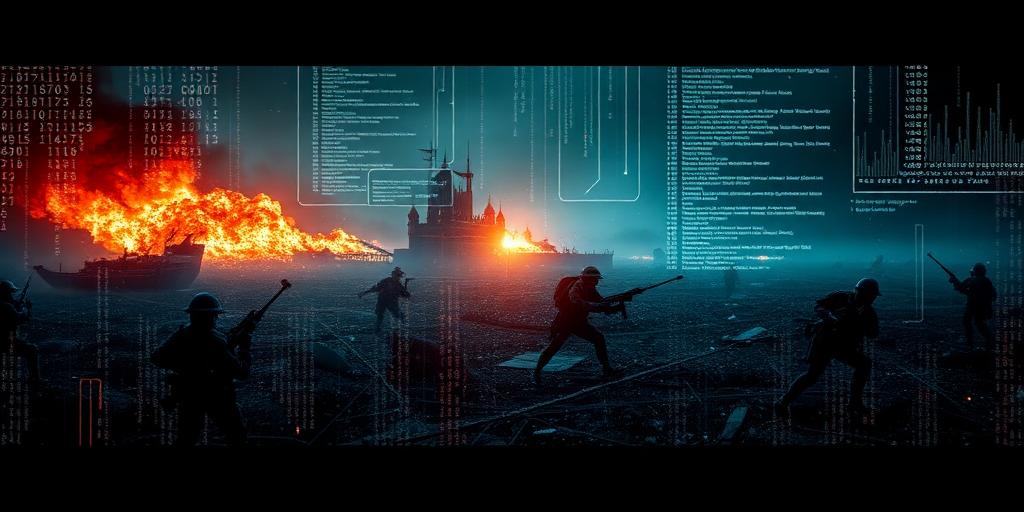Cyber Warfare and International Law: A Complex Battlefield
The digital age has ushered in a new era of conflict: cyber warfare. As nations increasingly rely on interconnected systems, the potential for malicious cyber activities to disrupt critical infrastructure, compromise sensitive data, and undermine national security has grown exponentially. However, the application of international law to this novel domain presents a complex challenge.
The Applicability of International Law
The foundational principle is that international law, including the UN Charter and customary international law, applies to cyberspace. This means that states have a responsibility to refrain from using cyber capabilities to violate the sovereignty of other states, interfere in their internal affairs, or use force unlawfully.
Key Legal Challenges
- Attribution: Identifying the perpetrator of a cyberattack is often difficult due to the anonymity afforded by the internet. This makes it challenging to hold states accountable for their actions.
- Sovereignty: Defining what constitutes a violation of sovereignty in cyberspace is a contentious issue. While physical intrusions are clear violations, the threshold for cyber activities that fall short of physical damage is less defined.
- Use of Force: Determining when a cyberattack constitutes a prohibited use of force under Article 2(4) of the UN Charter is another challenge. Factors such as the scale, duration, and effects of the attack are relevant, but the application of these factors in cyberspace is complex.
- Self-Defense: The right to self-defense under Article 51 of the UN Charter applies in cyberspace. However, the conditions for exercising this right, such as the imminence and proportionality of the response, are subject to debate.
- International Humanitarian Law (IHL): IHL, also known as the law of armed conflict, applies during armed conflicts in cyberspace. This includes rules on targeting, proportionality, and distinction between combatants and civilians.
The Tallinn Manual
The Tallinn Manual, a non-binding academic study, provides an influential analysis of how existing international law applies to cyber warfare. While not an official legal document, it offers valuable guidance for states and legal scholars.
Emerging Norms and State Practice
In the absence of a comprehensive treaty on cyber warfare, states are developing norms of responsible state behavior in cyberspace. These norms include:
- Cooperating to prevent and suppress malicious cyber activities.
- Protecting critical infrastructure from cyberattacks.
- Refraining from conducting or knowingly supporting cyber activities that intentionally damage critical infrastructure.
The Way Forward
Addressing the legal challenges posed by cyber warfare requires a multi-faceted approach:
- Strengthening International Cooperation: States need to enhance cooperation to share information, build capacity, and coordinate responses to cyber threats.
- Developing Clearer Legal Norms: Further clarification of the application of international law to cyberspace is needed, through both treaty law and customary international law.
- Promoting Responsible State Behavior: States should adhere to norms of responsible state behavior and work to build trust and confidence in cyberspace.
Cyber warfare presents a significant threat to international peace and security. By working together to develop and implement effective legal and policy frameworks, states can mitigate the risks and ensure that cyberspace remains a safe and secure environment for all.









